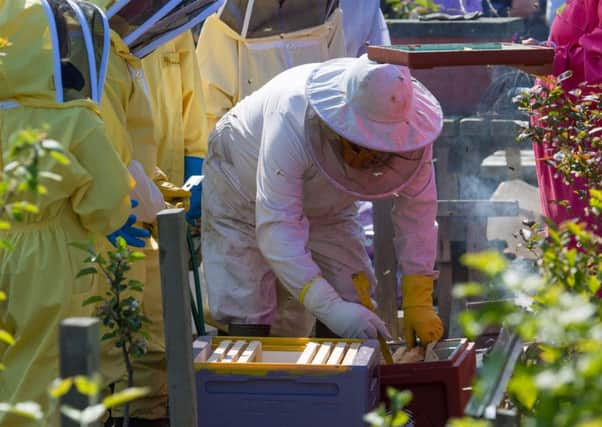Ilona Amos: Time to sow the seeds of true biodiversity


All of our wonderful and varied wildlife depends on plants to survive, but important natural habitats are being destroyed as a result of modern practises. And the drastic disappearance of wild flowers is one of the major factors behind plummeting numbers of many farmland birds and pollinators.
Wild flower meadows are important for insects such as bumble bees as they provide plants rich in pollen and nectar throughout summer. But virtually all of these natural grasslands have disappeared. Only around 15,000 hectares remain across the UK, a loss of 97 per cent over the past 70 years.
Advertisement
Hide AdAdvertisement
Hide AdIt’s true we are beginning to wake up to the peril some of our rarest wildlife is in, and many people are taking steps to try to reverse fortunes. We have been told to loosen up a little and let nature take its course in our gardens, allowing a few “weeds” and wild flowers to flourish. Farmers are doing it too, in a bigger way, trying to combat the monoculture of crop cultivation by setting aside special areas that encourage biodiversity. They also carry out important management measures, including mowing, avoiding chemical fertilisers and allowing grazing on the land.
All this is a major move in the right direction. Or so it seems at first glance, because as always, things are not quite so simple. Many landowners and gardeners, keen to do their bit, will reach for prepackaged wild flower seed mixes. However, according to the country’s leading plant conservation charity, though this quick fix solution can support ailing populations in the short term, it can actually prove harmful over time and does not tackle the root causes of vanishing indigenous plants.
So rather than reaching for one-size-fits-all seed mixes, experts at Plantlife Scotland are calling for a more measured approach. They have likened generic seed mixes to a sugar hit rather than a long-term healthy diet for the wider countryside. Planting does not always conserve wild species, and in the wrong places it can affect the survival of native flora.
The charity is not telling people to stop planting wild flower seed mixes but rather to give careful consideration to the plants you want to grow. They say just changing the way a piece of land is looked after can often bring back wild flowers naturally from seeds buried underground, without any need for sowing. And the best part of this technique is that you get local flowers in local landscapes. If you do have to plant from scratch, they recommend using locally collected seeds.
Deborah Long, head of Plantlife Scotland, also points out that the combinations of plants in standard mixes rarely occur in the natural environment, and many are not found at all in Scotland. “Our challenge is to conserve wild flowers whilst maintaining their essential wildness,” she says. What we all need to do now is plant seeds of very local origin, which are more likely to thrive in their natural habitat. This means they should flower more profusely and produce greater amounts of nectar, pollen and seed. They are also more likely to bloom at the right time of year for local insect life.
It’s time to roll up our sleeves, get the gloves on and start digging for victory in the war against biodiversity loss.